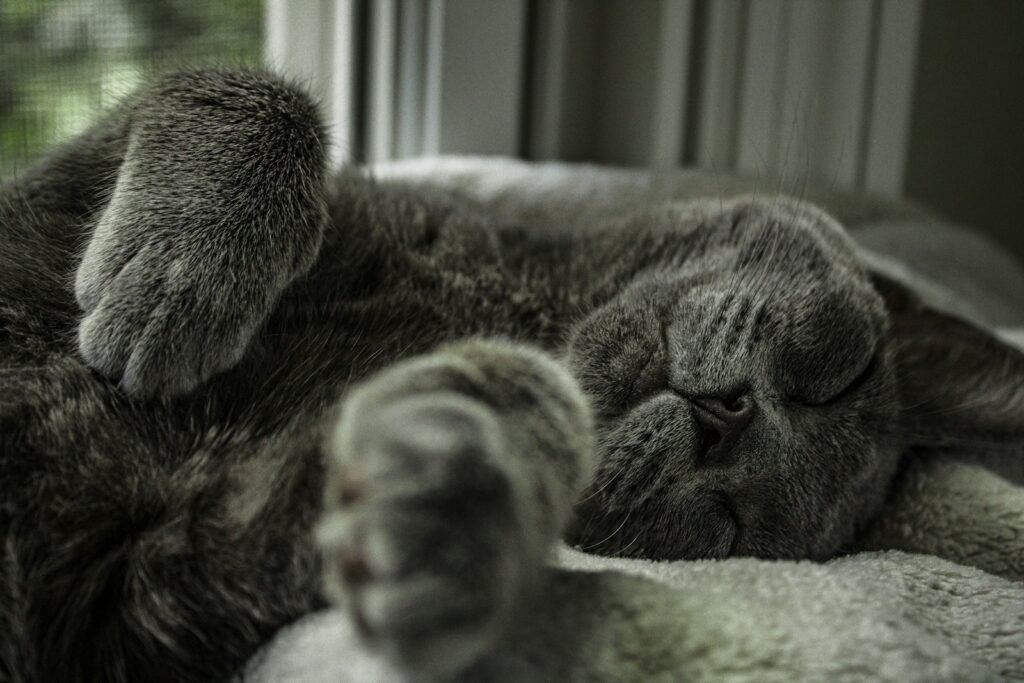Picture this: a sleeping rat suddenly starts twitching its legs, its brain firing in precisely the same patterns it showed while navigating a maze earlier that day. Meanwhile, an octopus lies motionless on the ocean floor, its skin flickering through vivid patterns of camouflage – the same sequences it uses to hunt prey when awake. These aren’t random muscle spasms or biological hiccups. Recent scientific evidence suggests these animals are experiencing something remarkably similar to what we call dreams, running complex “reality simulations” that mirror their waking experiences with stunning accuracy. This discovery is quietly revolutionizing our understanding of consciousness itself, revealing that the mysterious realm of dreams might be far more ancient and widespread in the animal kingdom than anyone imagined.
The Hidden Clues in Animal Sleep

Scientists have discovered three key ways to study dreaming in animals: tracking neural patterns that match waking experiences, observing memory replay during sleep, and watching for dream-enacting behaviors. The breakthrough came when researchers realized they didn’t need to ask animals about their dreams – they could watch their brains in action. When rats run through mazes, their brains create distinctive firing patterns in the hippocampus, and these exact same patterns repeat during REM sleep at roughly the same speed the animals experienced them while awake.
The challenge lies in the fact that dreaming involves a non-wakeful form of awareness that in humans is typically identified through verbal reports – something animals obviously cannot provide. Yet modern neuroscience has found ingenious ways around this problem. Researchers can now reconstruct where dreaming rats would be in a maze if they were awake, and even determine whether the animals are dreaming of running or standing still.
From Ancient Tools to Modern Science

The modern era of dream research began in 1953 with the discovery of rapid eye movement during sleep, when researchers at the University of Chicago observed that about 90 minutes after subjects fell asleep, they experienced bursts of rapid eye movements accompanied by brain wave patterns resembling those of alert, waking individuals. This discovery provided the first objective window into the dreaming mind.
Since the discovery of REM sleep, the neural underpinnings of dreaming have become increasingly well understood, making it possible to develop theories of consciousness derived from dream study. Scientists have now documented D-state (desynchronized or dreaming) sleep in all mammals studied, including monkeys, dogs, cats, rats, elephants, shrews, opossums, and it has been reported in some birds and reptiles.
The tools have evolved dramatically too. Where early researchers could only observe external behaviors, today’s scientists can peer directly into sleeping brains using advanced microscopy and neural recording techniques. Cutting-edge microscopes now allow researchers to observe sleep spindle-like waves in regions of animal brains associated with learning and memory, suggesting these waves serve similar functions to those in humans.
The Octopus Revelation
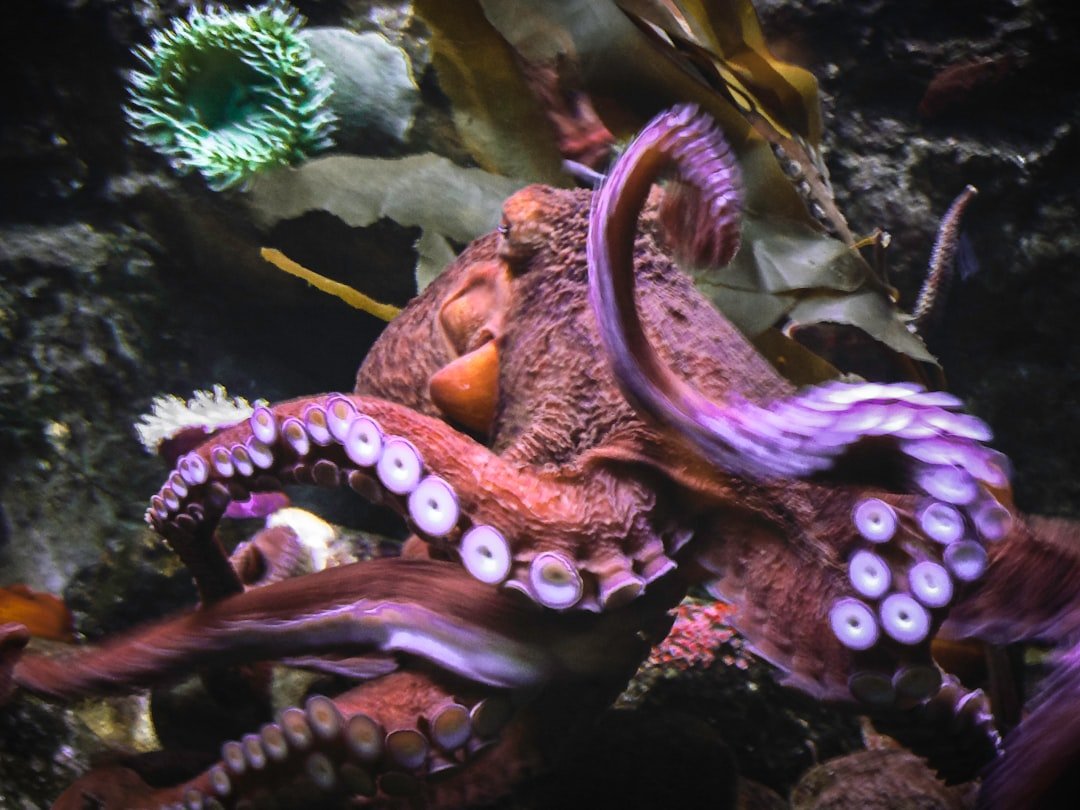
Perhaps nowhere is the evidence for animal dreaming more visually stunning than in octopuses. Like humans, octopuses transition between two sleep stages – a quiet stage and an active stage that resembles REM sleep in mammals. During active sleep, scientists have observed that octopuses cycle through the same skin patterns they use when awake for camouflage, social displays, and threat responses.
The octopus’s skin pattern acts as a visual readout of their brain activity during sleep, unlike humans who can only verbally report their dreams after waking. If an octopus displays a certain color scheme during sleep that corresponds to a behavior in its waking life, such as courtship, this could potentially provide a window into what the animal is dreaming about – similar to observing a dog growl and twitch in its sleep as if chasing rabbits.
These findings are particularly significant because octopuses diverged from vertebrates roughly 550 million years ago and have independently evolved large brains and behavioral sophistication. This suggests that complex dreaming may have evolved multiple times through convergent evolution.
Birds, Mammals, and the Memory Connection
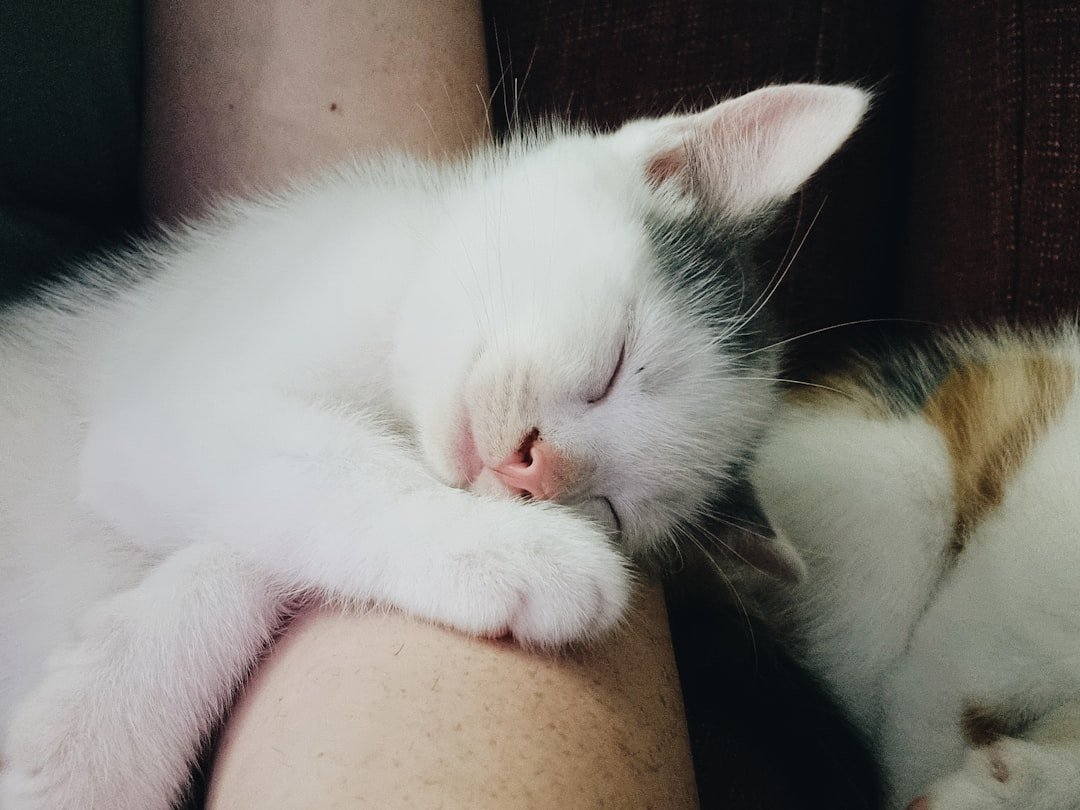
Research on zebra finches has revealed that their throats move exactly as though they were singing during sleep, while their neural patterns during sleep precisely replicate those recorded while learning to sing. Other remarkable studies include chimpanzees trained in sign language talking in their sleep, and cats physically acting out their dreams when researchers disabled brain areas that normally inhibit motor activity.
Studies show that humans learning repetitive tasks can use REM sleep to enhance performance, and in some cases, this “off-line” practice session seems just as effective as practicing while awake – a phenomenon observed in both rats and humans. Dreaming benefits both memory and creativity, with participants who dreamed about navigating a virtual maze showing dramatic improvements in their ability to find the exit the next day.
The function appears deeply tied to memory consolidation. Different stages of sleep serve different memory functions: light stage 2 NREM sleep improves motor tasks like typing, REM sleep processes large amounts of data, and deep slow-wave sleep is critical for memorizing information like irregular verb conjugations.
Why It Matters for Our Understanding of Consciousness

While animals with brain structures similar to humans (mammals and birds) may be optimal models for studying neural correlates of dreaming and memory replay, cephalopods like octopuses may be particularly good candidates for studying dream-enacting behaviors. This research is reshaping fundamental questions about consciousness itself.
The 2024 New York Declaration on Animal Consciousness, signed by over 500 scientists and academics, asserts that empirical evidence indicates at least a realistic possibility of conscious experience in all vertebrates and many invertebrates, including cephalopods, decapods, and insects. The theory emerging from this research suggests that REM sleep may constitute a protoconscious state, providing a virtual reality model of the world that serves the development and maintenance of waking consciousness.
The protoconscious state of REM sleep dreaming appears to be as much preparation for waking consciousness as a reaction to it – we are both getting ready to behave and processing the effects of our behavior. This dual function may explain why dreaming appears so widespread across species with complex nervous systems.
Global Perspectives on Animal Consciousness
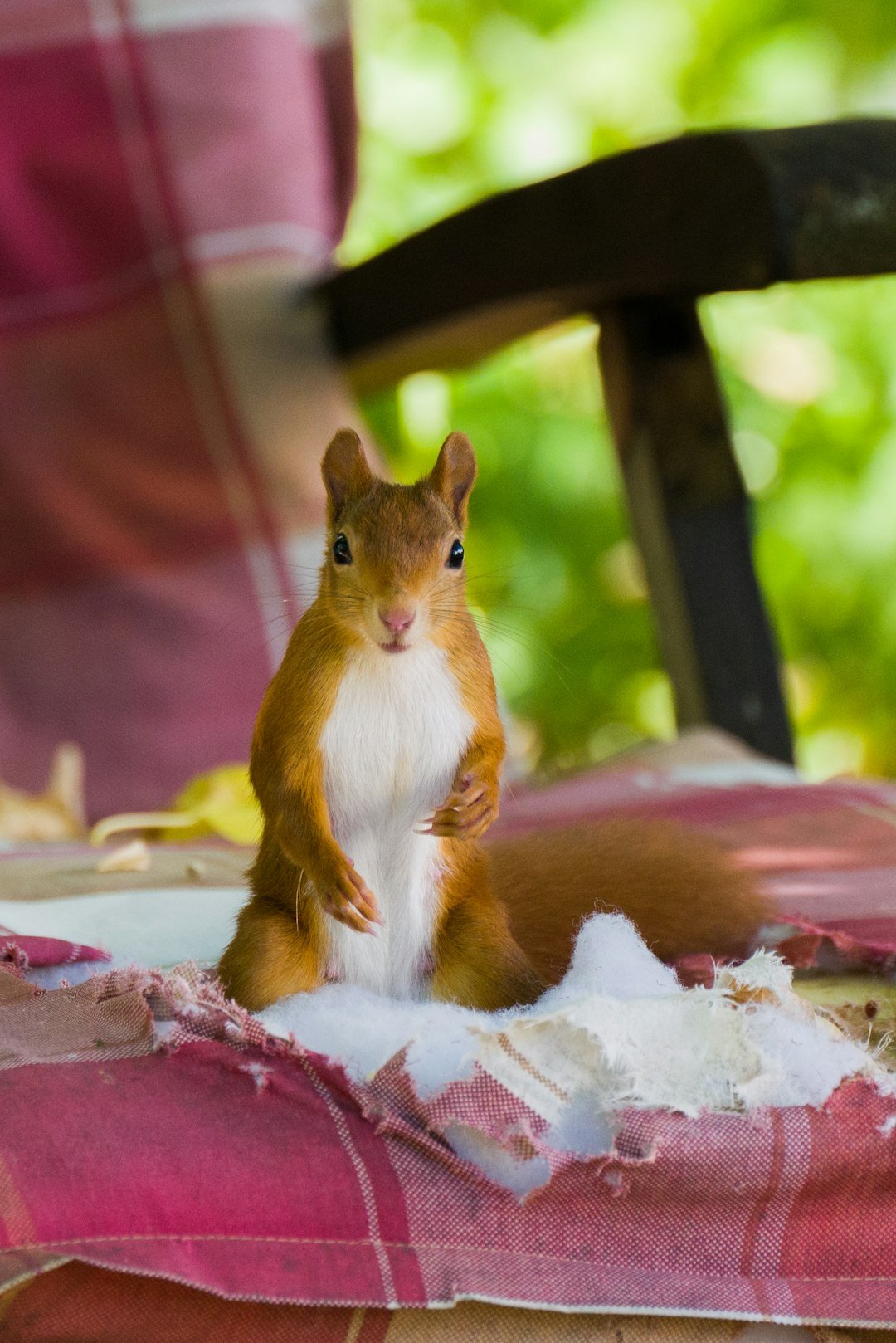
The 2012 Cambridge Declaration on Consciousness unequivocally asserted that humans are not unique in possessing the neurological substrates that generate consciousness, stating that non-human animals, including all mammals and birds, and many other creatures, including octopuses, also possess these neural substrates. The recent expansion of this view reflects growing scientific consensus.
According to current scientific models, mammals, birds, and octopuses are considered to have primary consciousness, and both types of consciousness can arise during dreaming. These basic forms of consciousness likely operate in the present moment, with individuals showing self-recognition and recognition of objects in the world, particularly evident in mammals and birds who demonstrate well-developed knowledge-of-the-world and flexible information use.
Different species show consciousness in remarkably diverse ways. Some mammals like cetaceans exhibit unusual sleep states including unihemispheric sleep, making them potentially the least likely mammalian group to experience vivid dream-like experiences due to the morphophysiological independence of their cerebral hemispheres.
The Future Landscape of Dream Research
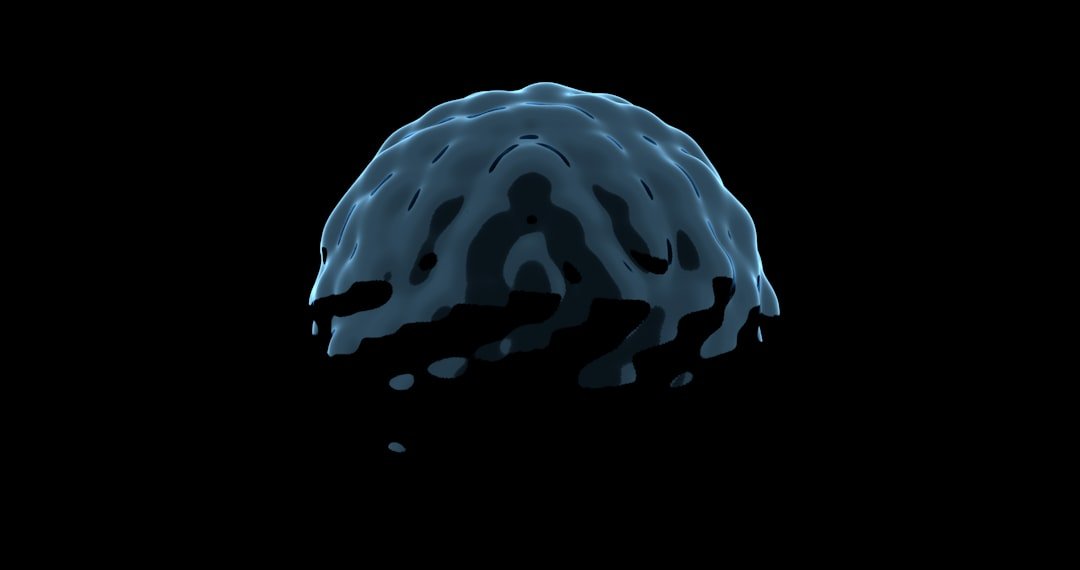
Recent breakthroughs have identified the melatonin MT1 receptor as an important regulator of REM sleep, with researchers successfully enhancing REM sleep duration in experimental animals using novel drugs targeting these receptors. Currently, there are no drugs specifically targeting REM sleep, as most hypnotic drugs on the market tend to adversely affect REM sleep while extending total sleep duration.
Brain imaging techniques for identifying conscious sleep experiences may soon be applied to understanding animal dreaming experiences based on advancing research with human subjects. Future studies plan to examine whether changes in animal sleep cycles affect learning abilities, and whether animals express specific genes or build particular proteins during active sleep, as mammals do during REM.
Testing how sleep deprivation impacts animals’ ability to learn complex tasks like opening jars or perfecting camouflage might offer insights into sleep’s role in memory consolidation, though measuring brain activity with electrodes remains challenging due to animals’ tendency to manipulate anything attached to their bodies.
What This Means for Animal Ethics

This research carries profound implications for contemporary debates about animal cognition, animal ethics, and animal rights, challenging us to regard animals as conscious beings who matter and for whom things matter. The New York Declaration emphasizes that when there is a realistic possibility of conscious experience in an animal, it is irresponsible to ignore that possibility in decisions affecting that animal.
Some philosophers argue it’s impossible for an organism to dream and lack consciousness, making dreams a crucial window into animal consciousness that forces us to reconsider taxonomies of consciousness itself. If animals truly dream and these dreams provide evidence of deeper consciousness than previously thought, it raises a host of ethical questions about how we treat them.
The implications extend beyond individual animal welfare to broader questions about our relationship with the natural world. Animals like rats, iguanas, and bees make sophisticated memory-dependent trade-offs between competing priorities, suggesting they possess a “common currency” for weighing needs of different kinds – a currency that may function for them as pleasure and pain do for humans.
Dreams, it turns out, might be evolution’s most ancient virtual reality system – a biological innovation so valuable that it appeared independently across vastly different branches of the tree of life. From the firing neurons of sleeping rats to the color-shifting skin of dreaming octopuses, we’re discovering that consciousness may be far less uniquely human than we ever imagined. The question isn’t whether animals dream, but what their dreams tell us about the hidden depths of minds we’re only beginning to understand. What does your pet dream about tonight?

Suhail Ahmed is a passionate digital professional and nature enthusiast with over 8 years of experience in content strategy, SEO, web development, and digital operations. Alongside his freelance journey, Suhail actively contributes to nature and wildlife platforms like Discover Wildlife, where he channels his curiosity for the planet into engaging, educational storytelling.
With a strong background in managing digital ecosystems — from ecommerce stores and WordPress websites to social media and automation — Suhail merges technical precision with creative insight. His content reflects a rare balance: SEO-friendly yet deeply human, data-informed yet emotionally resonant.
Driven by a love for discovery and storytelling, Suhail believes in using digital platforms to amplify causes that matter — especially those protecting Earth’s biodiversity and inspiring sustainable living. Whether he’s managing online projects or crafting wildlife content, his goal remains the same: to inform, inspire, and leave a positive digital footprint.

